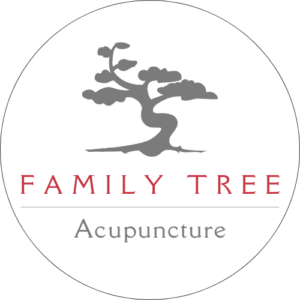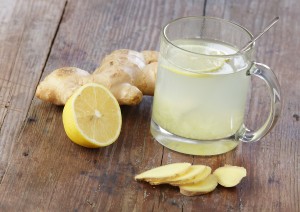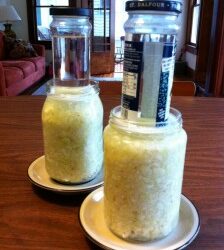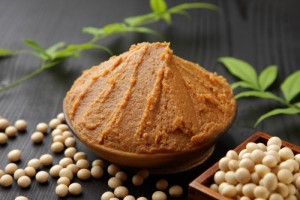I was in a theater, on a boat (whu-what!), somewhere between Florida and Nassau when I was hit by a wave of nausea. The lights in the theater were dimming, my daughter was on my lap and I was seated smack-dab in the center of a very long row. In other words, my escape options had narrowed significantly, and the added stress of this realization triggered another wave of nausea. I had no acupuncture needles in my purse (a rarity), no way to administer acupuncture to myself even if I did, and no barf bag.
Did I panic? Did I puke? Oh, no. I simply applied pressure to a choice area about two inches above my left wrist and took a couple of deep breaths. A minute or so later, my nausea had subsided. The show must go on people!
The truth is that your symptoms don’t always coincide with your scheduled acupuncture treatment, which is why it’s helpful to have a few tricks up your sleeve in the form of acupressure.
Acupressure and acupuncture make use of the same points throughout the body, the difference being that acupressure uses gentle but firm pressure (versus needles) to increase circulation, relieve tension and restore balance in the body. By learning the location of a few key points throughout the body, you have the power of relief in your own hands….literally. You can click on any of the images below for a closer look.
Nausea
Pericardium 6 (or Nei Guan as it is officially referred to in China) is a hallmark point for settling your stomach, relaxing your chest and even calming your nerves. It’s no wonder such products as Sea Bands exist and are so popular. Whether you’re pregnant, deep-sea fishing, anxious, recovering from anesthesia, or dealing with some food-related nausea, a well-placed thumb can keep your stomach and your nerves settled.
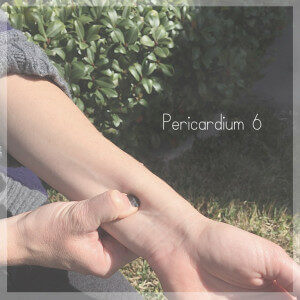

Pericardium 6 is located three finger breadths below the wrist on the inner forearm in between the two tendons. Locate the point with your palm facing up then apply downward pressure between the two tendons, massaging and stimulating the area for up to five minutes at a time.
Stress & Anxiety
Yin Tang, also known as the “third eye” based on its location, is used to address a host of symptoms including stress, headaches, and nasal or sinus issues. The point is located on the forehead, directly in-between the eyes. You can apply constant pressure or even use a tapping motion to activate the point while focusing on your breath during stressful moments.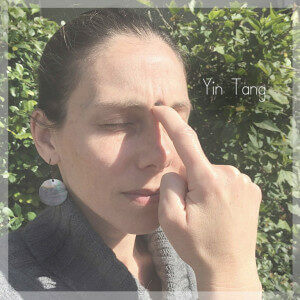
Headache
Large Intestine 4 (or He Gu) is known as the “command point” for the face. This is of particular significance if you find yourself with a frontal headache, or a headache that is located within your forehead or sinuses.
 Locate the point with your palm face-down. Using the thumb and index of your right-hand, pinch the meaty area between the thumb and index finger of your left-hand. You should feel a slight achy sensation when you’ve hit the right spot and will likely have to apply pressure for a few minutes before you start to experience relief, so no pinching and driving!
Locate the point with your palm face-down. Using the thumb and index of your right-hand, pinch the meaty area between the thumb and index finger of your left-hand. You should feel a slight achy sensation when you’ve hit the right spot and will likely have to apply pressure for a few minutes before you start to experience relief, so no pinching and driving!
Low energy
Kidney 3 (or Tai Xi) is a relatively easy one to locate. Make sure you’re on the inside portion of your ankle, and find the depression between your medial malleolus (your ankle bone) and your Achilles tendon. You can cross the ankle of one leg onto the thigh of the other leg for easy access. To stimulate this point, apply pressure for five seconds at a time and repeat as needed.
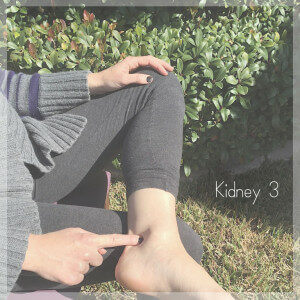 Kidney 3 is so far-reaching that it’s shameful of me to limit its use to energy-boosting. In Chinese medicine, the Kidneys influence growth and development, menstruation, fertility and menopause among many other things. The Kidneys also rule the low back and the knees. As one of the most powerful points on the Kidney channel, Kidney 3 can boost energy, reduce chronic back and knee pain and regulate hormones. Not bad, eh?
Kidney 3 is so far-reaching that it’s shameful of me to limit its use to energy-boosting. In Chinese medicine, the Kidneys influence growth and development, menstruation, fertility and menopause among many other things. The Kidneys also rule the low back and the knees. As one of the most powerful points on the Kidney channel, Kidney 3 can boost energy, reduce chronic back and knee pain and regulate hormones. Not bad, eh?
Upper back/shoulder/neck pain
Whether you carry your stress in your shoulders, or your posture leaves a little something to be desired, you can apply pressure to these points for relief of upper back, shoulder or neck discomfort.
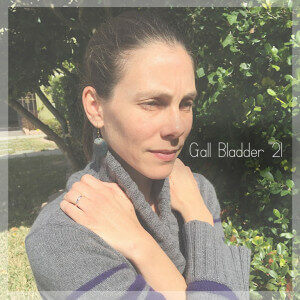
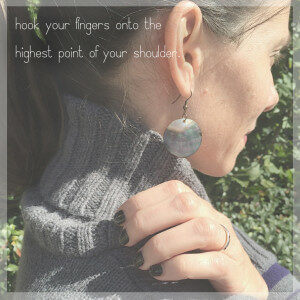
Gall Bladder 21 (or Jian Jing) translates to “shoulder well”. All acupuncture points are mirrored on each side of the body, and you can access both of these points at the same time by crossing your arms in front of you and hooking your fingers onto the highest point of each shoulder. You will likely feel a slight soreness in your shoulders with some sensations in your neck, head or eyes when you’ve found the right spot. Might as well hug yourself while you’re at it!
Now that you have the power to reduce some of your symptoms, we’d also like to remind you that you have the power to schedule your own appointment with us online. Keep in mind that our Holistic Health Kits for home or travel contain everything you need to relieve allergy symptoms, ease sore muscles, soothe bites and burns, and keep colds and flus at bay. Next thing you know, we’ll be handing you needles so you can give yourself an acupuncture treatment!
Not really 🙂 Just keeping you sharp!

